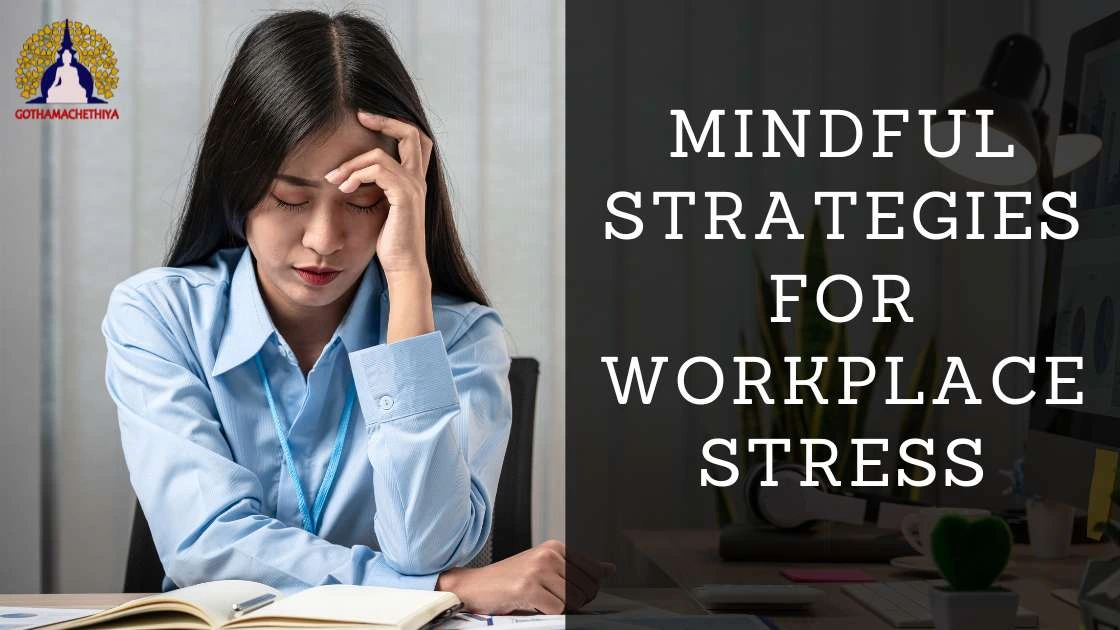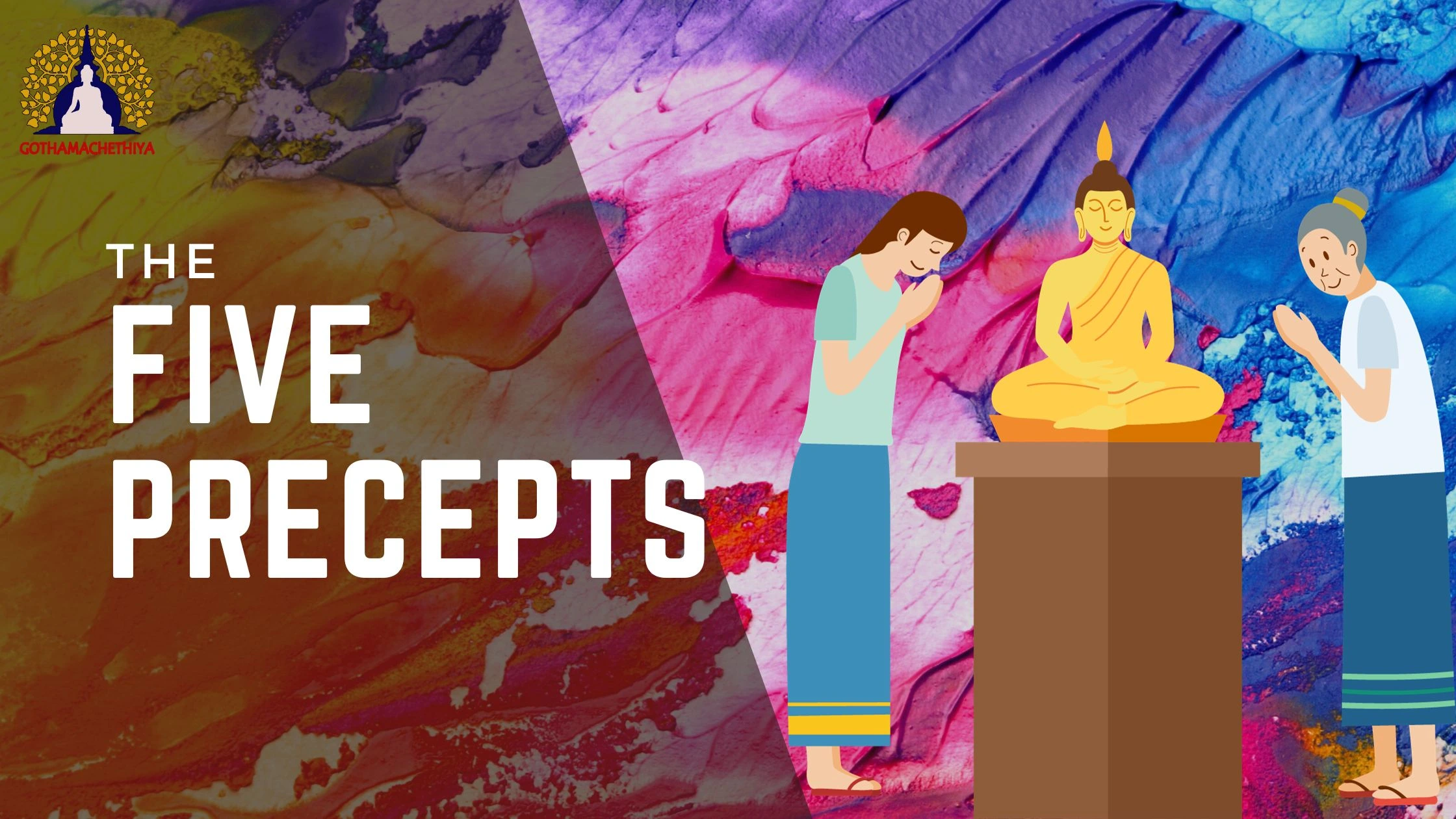Dear Parents,
Welcome to the Online Dhamma School, where your children can embark on a digital journey of spiritual learning. In this guide, we’ll explore how you can actively support your child’s Dhamma education in the online class.
Guiding Your Child
- Regular Check-ins: Stay involved by regularly discussing what your child learned in the virtual class. Encourage them to share their insights and any materials provided during the session.
- Everyday Vandana: Foster a sense of continuity by helping your child practice evening Vandana using the resources provided in the class. This practice not only reinforces their learning but also creates a positive routine in everyday life.
- Real-World Application: Capitalize on your time together to relate the Buddha’s teachings to real-life situations. As a constant presence in their lives, you have unique opportunities to illustrate how these profound lessons apply to their experiences.
- Frequent Meditation Sessions: Set aside at least 5 minutes each day for a family meditation session. Utilize the online resources to guide your children through meditation, promoting mindfulness and emphasizing the importance of inner peace.
Supportive Tools
- Daily Chanting Book (Required): Ensure your child has access to the necessary chanting materials for a seamless learning experience.
- Folder for Handouts (Required): Help your child organize class materials for easy reference.
Key Features of Online Dhamma School
- Expert Guidance: Venerable Buddhist monks of Gothamachethiya Theravada Buddhist Association, Inc. lead the online classes.
- Interactive Learning: Engaging activities and discussions are tailored to your child’s learning experience.
- Virtual Community: Opportunities for children to connect with classmates, fostering a sense of camaraderie.
Syllabus Highlights
- Learning Good Qualities Like Respecting Parents
- Essential English Dhamma Vocabulary
- Understanding Virtual Vandana, Pirit, and Puja Chanting
- Sīla (Buddhist Ethics and Precepts)
- Meditation (Breathing, Metta Bhavana, Buddhanussati)
- Interactive Sessions on the Life of the Buddha
- Exploring the Buddhist Philosophy
- Celebrating Buddhist Holy Holidays
- Exploring the Great Lives of Arahants.
- Advanced Dhamma Topics (The Five Aggregates, The Six Faculties, Causality, etc.)
- Access to Suttas and Organized Dhamma Resources
- Exploration of the History of World Buddhism.
By actively participating in your child’s online Dhamma education, you contribute to their spiritual growth and ensure a meaningful and connected learning experience.
With Metta,
Rev. Ріӏіyаndаӏа Маһіndаvіјаyа Thero









